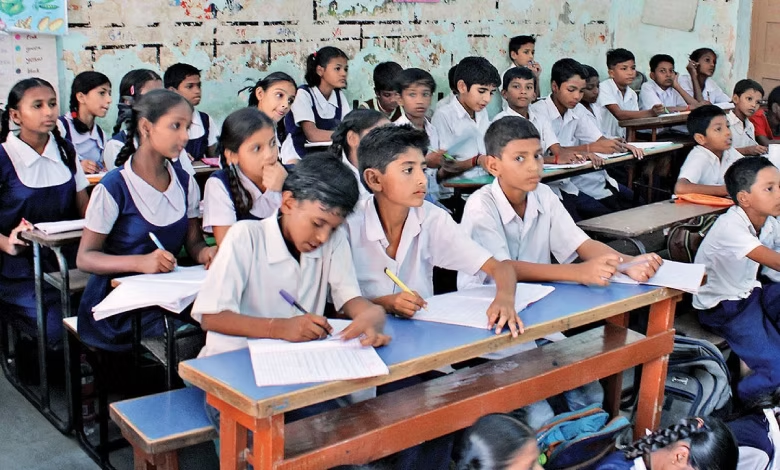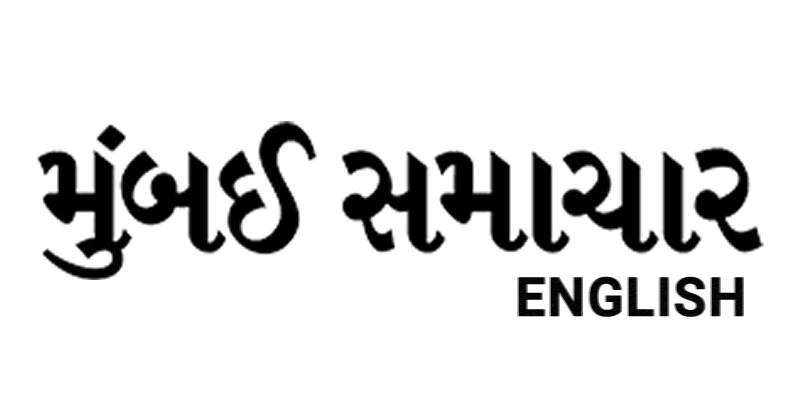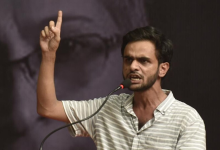
The National Council of Educational Research and Training (NCERT) has released a new Class 8 Social Science textbook, Exploring Society: India and Beyond (Part 1), which introduces students to the Delhi Sultanate and Mughal periods with a focus on their complex and often brutal history. The book, launched for the current academic session, describes rulers like Babur as a “brutal and ruthless conqueror” who massacred city populations, Akbar’s reign as a mix of “brutality and tolerance,” and Aurangzeb as a leader who demolished temples and gurdwaras. It also emphasizes instances of religious intolerance during these eras, while including a cautionary note that “no one should be held responsible today for events of the past.”
Previously, Class 7 students studied this period, but the new syllabus shifts the Delhi Sultanate, Mughal, and Maratha histories to Class 8. The chapter Reshaping India’s Political Map covers the 13th to 17th centuries, detailing the rise and fall of the Delhi Sultanate, resistance to it, the Vijayanagara Empire, the Mughals, and the emergence of the Sikhs. It highlights political instability, military campaigns, and the plundering of villages, cities, and temples during the Sultanate period, with specific references to attacks on religious sites.
Key examples include:
- Alauddin Khilji’s general Malik Kafur attacking Hindu centers like Srirangam, Madurai, Chidambaram, and possibly Rameswaram.
- The Delhi Sultanate’s “numerous attacks” on Buddhist, Jain, and Hindu temples, driven by both plunder and iconoclasm.
- The jiziya tax, described as a source of humiliation for non-Muslims, incentivizing conversion to Islam, unlike the older Class 7 textbook, which framed it as a general tax.
- Babur’s conquests, marked by slaughtering populations, enslaving women and children, and building “towers of skulls” from victims.
- Akbar’s attack on Chittorgarh, where he ordered the massacre of 30,000 civilians, alongside his later tolerance for other faiths.
- Aurangzeb’s destruction of temples in Banaras, Mathura, Somnath, and Jain and Sikh sites, driven by both political and religious motives.
The textbook also acknowledges the vibrant economy, infrastructure growth, and resilience of Indian society during this period, despite economic stress in the late 17th century. A later chapter on the Marathas praises Shivaji as a “master strategist and true visionary” who respected all religions while rebuilding desecrated temples.
A prefatory Note on Some Darker Periods in History frames the inclusion of these events, urging students to study them objectively without blaming modern individuals. The NCERT defends its approach, stating to The Indian Express that the textbook is “balanced and entirely evidence-based,” reflecting historical events while emphasizing lessons for a better future. It also aligns with the National Education Policy (NEP) 2020 and the National Curriculum Framework for School Education (NCF-SE) 2023, marking a shift from older syllabi.
The new Class 8 textbook integrates history, geography, and social and political life, replacing the three separate books used previously. Part 2 is expected later this year, as NCERT continues rolling out updated textbooks for other grades.




